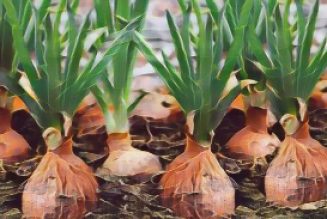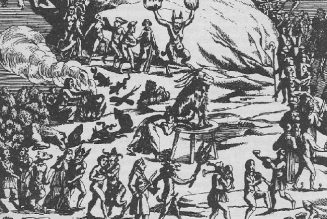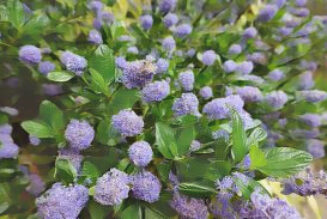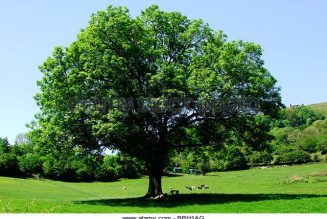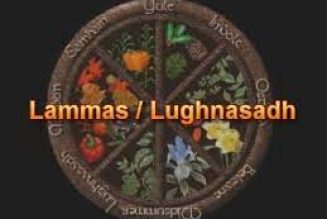Hawthorn, or Crataegus oxycanthus, is a small, deciduous tree or shrub, easily recognized by its dense, thorny branches, deeply lobed glossy leaves, and clusters of fragrant white or pink blossoms that appear in late spring. In autumn, these blossoms give way to bright red berries, known as haws, which persist into winter and provide vital food for wildlife.
Medicinally, Hawthorn is revered as one of the best heart tonics in herbalism. Its leaves, flowers, and berries are rich in flavonoids, proanthocyanidins, and vitamin C, which help strengthen the heart muscle, improve blood circulation, and protect against heart disease. Hawthorn acts as a gentle beta blocker, regulates low blood pressure, steadies the heartbeat, and lowers cholesterol. It is a powerful vasodilator, keeping blood vessels open and elastic, and is especially vital where vessels have lost tone due to fatty or calcium deposits.
Hawthorn’s anti-inflammatory and antioxidant properties help reduce pain in the heart and surrounding areas, rebuild collagen fibers in blood vessel walls, and support overall cardiovascular health. It also relaxes smooth muscles in the uterus and intestines, easing congestion and reducing water retention, especially before menstruation. Additionally, Hawthorn aids digestion and soothes sore throats.
Traditionally, Hawthorn has been used in teas, syrups made from the berries, and tinctures. In European folklore, Hawthorn is a tree of enchantment and protection, often planted as a living hedge to guard homes and sacred spaces. It is associated with the fae and the festival of Beltane, symbolizing love, fertility, and the union of opposites. Witches and healers have long used Hawthorn to create charms for heart healing, courage, and spiritual boundaries.
Magically, Hawthorn is a potent ally in witchcraft, revered for its ability to open the heart to love and joy, while powerfully shielding against negativity and harm. In ritual work, Hawthorn branches are often placed on altars to invoke protection, courage, and emotional balance. Witches may weave Hawthorn twigs into protective wreaths or hang its branches above doorways to ward off evil spirits and ill fortune. Carrying a pouch of dried Hawthorn berries or a berry amulet is believed to safeguard the wearer from psychic attack and emotional harm, while also attracting loving energies and deepening connections in relationships.
In spellwork, Hawthorn is frequently used to set boundaries—both physical and spiritual. Its thorns are a symbol of defense, making them ideal for spells that reinforce personal space or protect against unwanted influences. Some traditions instruct witches to draw a circle with a Hawthorn branch for extra protection during rituals, or to use the thorns in poppets and charms designed to repel negativity. In love magic, Hawthorn blossoms are added to sachets or bath rituals to invite romance, heal a broken heart, or strengthen bonds between partners.
Across cultures, Hawthorn’s magical reputation is rich and varied. In Celtic lore, it is one of the sacred trees of the fae, and it is said that disturbing a lone Hawthorn could bring misfortune or anger the spirits. In Slavic traditions, Hawthorn branches were placed in cradles to protect infants from evil. In medieval Europe, Hawthorn was woven into May Day garlands and used in wedding ceremonies to bless unions and ensure fertility. Its heart-shaped leaves and blood-red berries have long symbolized the union of opposites, the balance of passion and protection, and the power of the heart.
For witches, Hawthorn is a plant of thresholds and liminal spaces, bridging the worlds of the seen and unseen. It is often used in rituals to connect with ancestors, spirit guides, or the fae, and to create sacred boundaries during divination or trance work. A simple charm involves tying a red thread around a Hawthorn twig and placing it under your pillow to invite prophetic dreams and spiritual guidance.
However, Hawthorn should be used with care. It is not recommended to combine Hawthorn with other beta-blockers, heart medications, or herbs with similar effects. Always consult a qualified herbalist or healthcare provider if you are taking heart or blood pressure medication of any kind.
With its rich history, potent healing properties, and deep magical associations, Hawthorn is a powerful ally for any witch embarking on a journey of heart-centered wisdom, protection, and spiritual growth.























